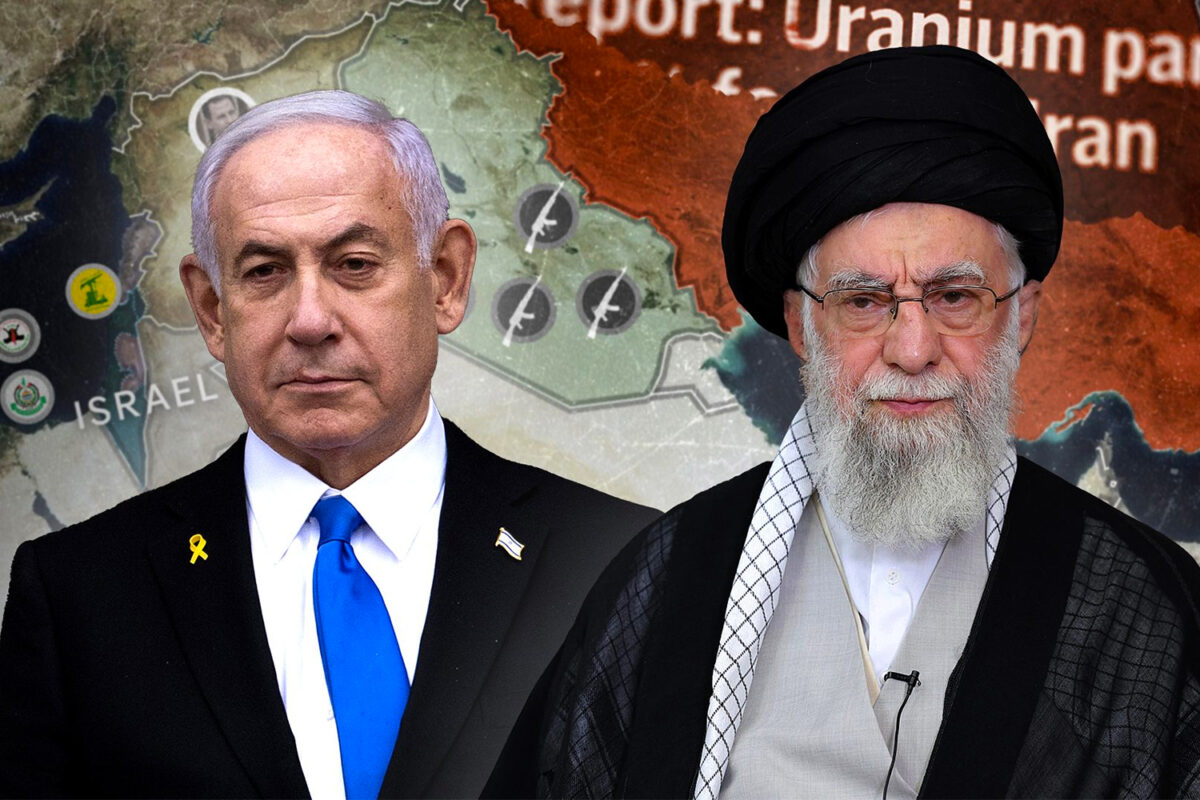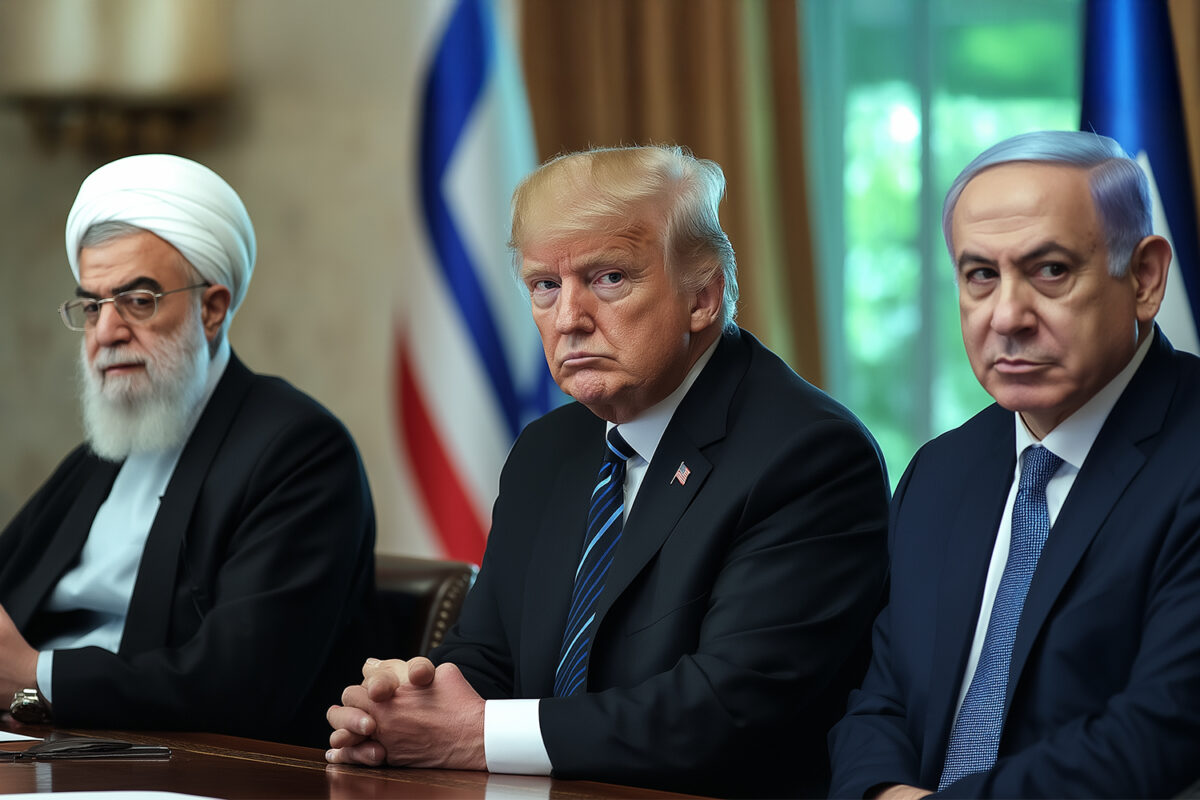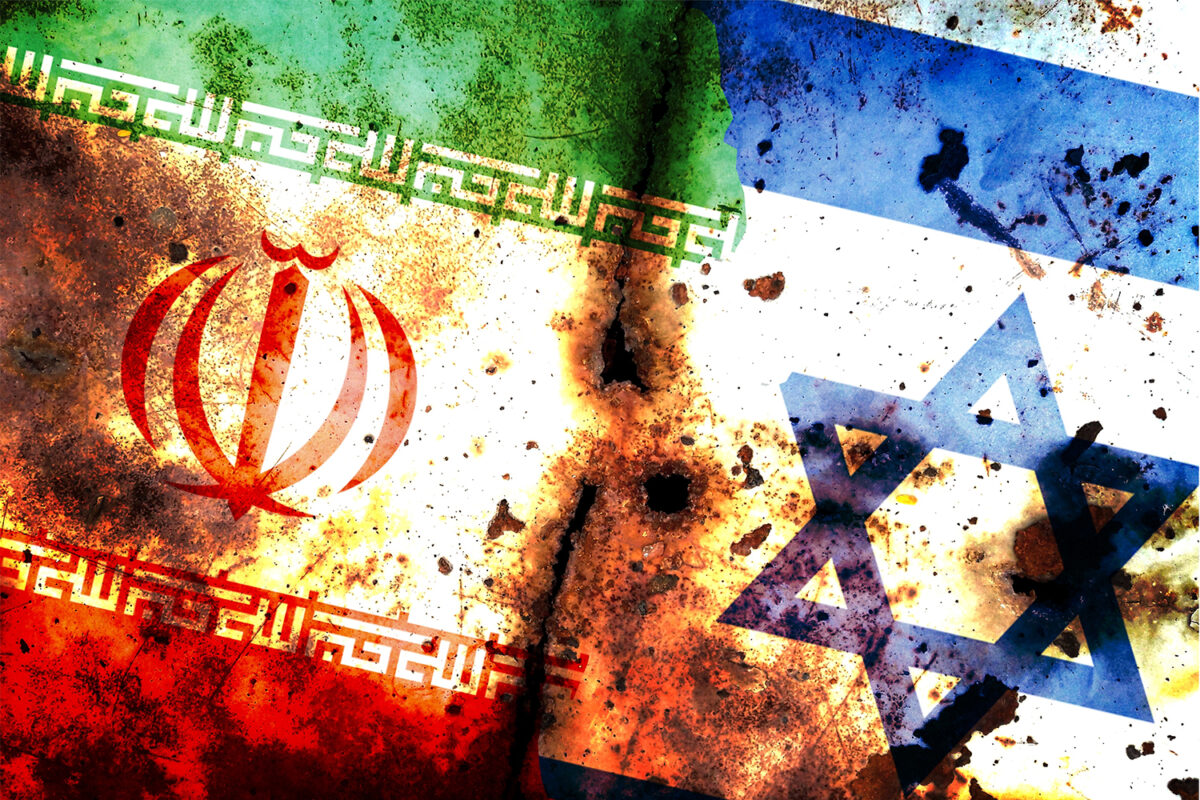The huge deal between Iran and China announced in July 2020 has led to much speculation regarding its impact in the volatile Middle East region. The possibility of China securing vital commodities, providing a lifeline to the embattled regime in Tehran, establishing a strategic footprint in the region and challenging the US are real possibilities with deals of such magnitude. But while these all may seem plausible many challenges will need to be overcome for this strategic deal to come to fruition.
According to the 18-page document obtained by the New York Times, Iran has been in negotiations with China regarding a comprehensive strategic partnership covering 25 years. Beijing, according to the leaks, will be splashing its cash on Iranian oil and gas sectors and constructing railroads and improving manufacturing. In exchange, Iran will provide energy to China at a special discount, at 32% according to the documents that have been leaked. The deal also incorporates strong military cooperation between the two nations which the Iranian parliament will need to approve.
With Iran isolated, China is promoting the partnership as a new aspect of its Belt and Road Initiative (BRI). Since the announcement of BRI in 2013 Beijing has been aggressively pursuing commercial deals around the globe. The $400 billion Sino-Iran Comprehensive Strategic partnership would represent China’s largest agreement to date for any single country in the BRI, dwarfing the next biggest investment of $62 billion planned as part of the China-Pakistan Economic Corridor. China’s BRI projects are coming under much more scrutiny due to their sheer scale and some of the terms. One investigation led to the conclusion that China’s CPEC deal with Pakistan is nothing more than a bogus scheme. Pakistan still has to benefit from the CPEC project because the billion-dollar Chinese loans will need to be repaid, by Pakistan, who has always struggled with foreign loans. China’s ‘debt-trap diplomacy’ with Sri Lanka has also caused much scepticism where Sri Lanka ended up ceding a port and 15,000 acres of land for 99 years.
China’s phenomenal economic growth has led to an immense increase in energy consumption. In 2017 China replaced the US as the world’s largest crude importer. China needs 13 million barrels per day (b/d) of crude oil to meet its industrial and domestic demands, over 10 million (b/d) are from imports, with Russia and Saudi being the largest suppliers. The same dynamic exits for natural gas, of the 26 bcm of gas consumed, half of this is from imports. Discounted Iranian energy would provide an extra source of energy for China, who has long sought to diversify its energy supply. But Jon Alterman, Director of the Middle East Program at the Washington-based Center for Strategic and International Studies (CSIS) highlighted: “China does not need Iran, but Iran is useful to China. Beijing sees Iran as “a depressed asset” it can pick up at low cost.” Selling oil at such a huge discount may benefit China but does little to change the economic, financial and monetary situation of the clerical regime in Tehran.
The situation of Iran’s clerical regime is also dire. Whilst the nuclear deal in 2015 opened the prospect of Iran gaining access to international markets and foreign companies investing in Iran, the Trump administration pulled out of the deal, which brought back all the sanctions against Iran. Iran’s economy is in tatters due to America’s maximum pressure strategy. With the world’s fourth largest oil reserves and second largest gas reserves, production has plummeted as US sanctions included the threat to cut off access to the international banking system for any company that does business in Iran by making it illegal to trade in the US dollar. Energy production has plummeted and revenues for the clerical regime have also plummeted which precipitated demonstrations in December 2019. China represents the only option for Iran when the US has isolated it within the region and much of the world. This most likely explains why Iran gave such a large discount on energy sales, for a quarter of a century, in order to secure the deal.
The strategic partnership also includes deepening military cooperation, via joint training and exercises, joint research and weapons development and intelligence sharing. But the militaries of both nations could not be more different. Iran’s military is its unconventional forces, support to non-state actors and it’s array of missiles. China’s military whilst it has undergone much development in the last two decades is a defensive force focused on defending its littoral waters. They couldn’t be more different militaries, defence industries with completely different doctrines and priorities. Whilst China’s military ascent gains much media coverage its military platforms are not proven. Iran has been engaged in a low intensity war with Israel for decades, Iran is experienced in warfare, whilst the last time China went to war was four decades ago. Whilst the defence aspect of the deal is being seen as China gaining a foothold in the Middle East, this remains rather far fetched with China’s military capabilities.
For Iran there is no guarantee that it is going to be immune to Chinese exploitation in the future, as many of China’s BRI projects are now becoming labeled as. Whilst Chinese investments in Iran’s oil and gas sectors will bring much needed modernisation to Iran’s crippling energy infrastructure it remains to be seen if Iran will benefit from this with the huge discount its providing. The more fundamental question remains how reliable will China be as a strategic partner? Is China prepared to be embroiled in potential wars if they broke out between Israel and Iran? Is China prepared to back Iran in Lebanon and Syria? With US-Iran relations so volatile would China back Iran in any conflict with the US? It’s unlikely China will want to get entangled in the volatile region with Iran.
The leaks have seen the Iranian public protest vociferously against the deal. Although the terms of the deal have not been publicly unveiled, critics have already likened it to the humiliating Treaty of Turkmenchay, which Persia signed with Russia in 1828. On social media, Iranians claimed the accord entails Iran giving up land to China, or allowing China to stage its troops in the country. Iran has in the past turned to China to relieve economic pressure but China has never been able to deliver, or willing to deliver. Zoomed out, the leaked draft may appear comprehensive, but there are scant specifics on what individual projects will involve. It is more like a roadmap. There are a lot of promises and very broad contours for what future negotiations might entail.





One comment
Aijaz Rasool
14th September 2020 at 10:31 am
Excellent piece